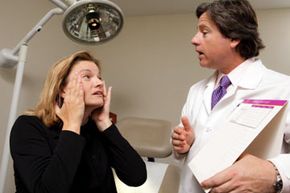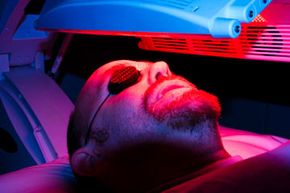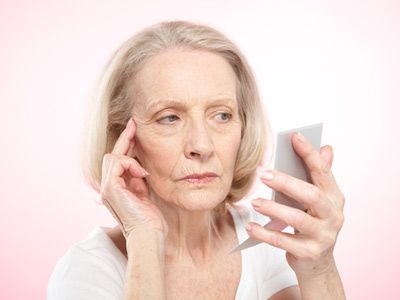Let's face facts -- no one wants to get old. No one wants wrinkles crisscrossing their face like a gas station road map. No one wants gray hair, crow's feet and liver spots. Even the Spanish explorer Ponce de Leon didn't want to get long in the tooth. That's why he set out looking for the Fountain of Youth.
De Leon failed, but that hasn't stopped our search for that legendary fountain. Instead of a rushing spring of mineral water, our Fountain of Youth comes in the form of pills, lotions, creams and dozens of other anti-aging products. Our desire to stay young forever is big business. Sales of anti-aging lotions, supplements and other products are expected to top $291 billion by 2015 [source: World Health.net].
Advertisement
Topping the list of I-don't-want-to-get-old remedies is light therapy. Light therapy is a medical treatment in which beams of light supposedly melt the years away. How does light therapy work? Our body's own aging process, coupled with exposure to the sun and pollution, destroys collagen, the connective tissue in our bodies that keeps skin healthy and wrinkle free [source: Bouchez]. Light therapy uses highly concentrated beams of light energy to tunnel though the skin and jump start the body's natural collagen production.
Anti-aging light therapy comes in two main forms. The first is photo-dynamic therapy, which is light therapy administered by a doctor. The second are hand-held anti-aging lights that consumers can buy. But the biggest question is do either of these light therapies really work, or are they simply methods hawked by the modern-day snake oil salesman? Go on to the next page to find out.
Advertisement




